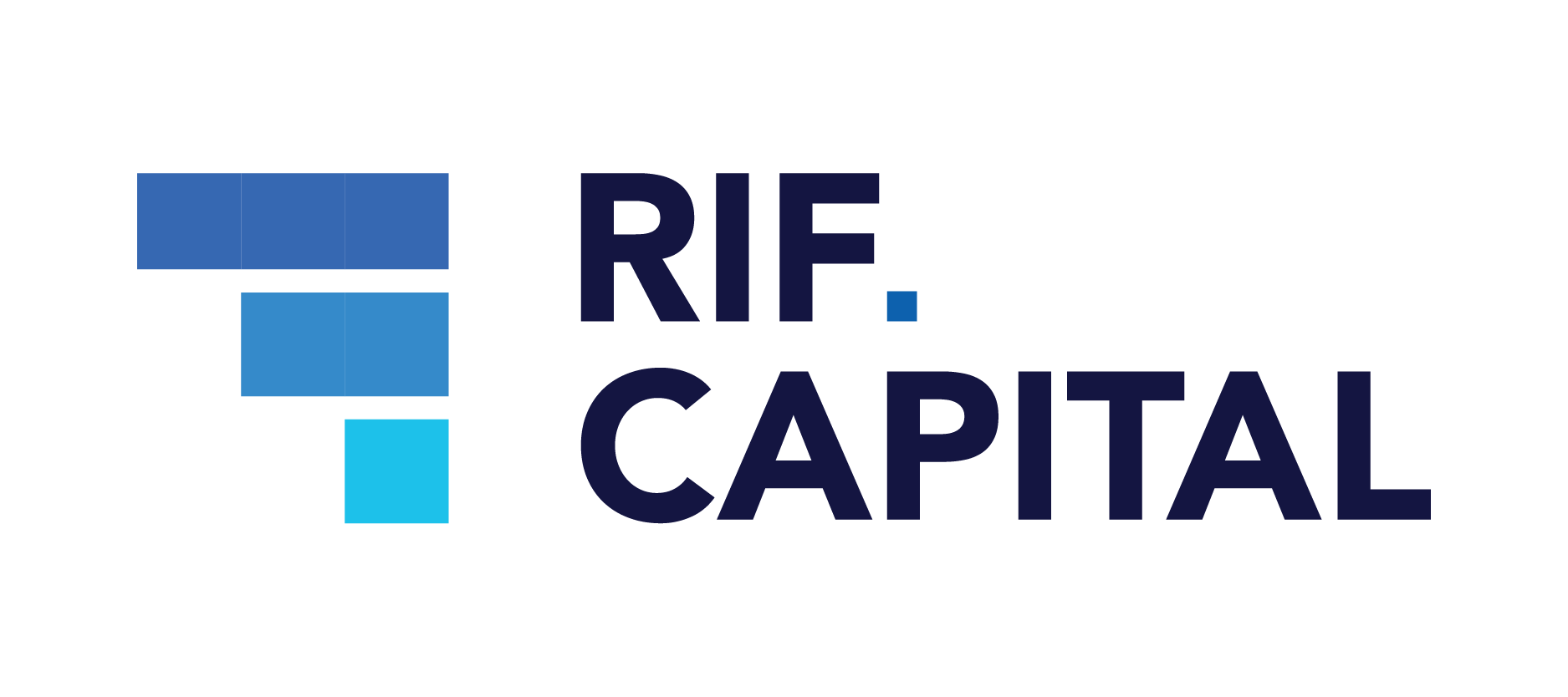Advantages of Metals trading with
RIF Capital
Portfolio diversification
Convenient trading hours
Low spreads
Risk Management
Trading Gold and Precious Metals
Highly valued since ancient times, precious metals, and gold in particular, have always been associated with monetary wealth. On the financial markets, precious metals investments tend to hold their value over long periods of time. Thus they provide a long-term safe haven for commodity traders. Factors affecting precious metals’ prices:

Supply and Demand
With the increase of demand, metal prices rise whereas when the demand is weak the value of precious metals declines.
Value of the U.S. Dollar
As the precious metals are dollar-denominated their price is generally inversely related to the value of the US dollar.
Inflation
Inflation has a direct effect on the price of precious metals. Generally, rising levels of inflation tend to raise the price of precious metals.
Industrial demand
Technology and industrial uses for gold, such as the demand for jewelry and electronics, can make the price of precious metals rise.
Investing in precious metals can help traders hedge against market volatility, political uncertainty, and economic collapse. It can also be an important part of a diversified long-term investment portfolio. At RIF Capital you can easily trade gold and other precious metals online, always with the same low spreads and competitive trading conditions!
Benefits of trading Gold and Precious Metals
Intrinsic value
High liquidity
International liquidity
Low transaction costs
Trading in Gold and Precious Metals
The precious metals most commonly traded include gold, platinum, palladium, and silver. The significant trading activity in these commodities can be attributed to their enduring intrinsic value, which remains steadfast irrespective of economic conditions. In recent decades, there has been a substantial increase in the preference for online purchases and even physical ownership of precious metals as long-term investments. Trading in precious metals not only appeals to those seeking a secure, enduring investment but also provides opportunities for short-term investors. This is facilitated by derivatives and exchange-traded contracts, offering a less capital-intensive and simpler means to capitalize on price movements.
Unlike many commodities that rely heavily on production and consumption levels, the trading prices of gold, for example, are not solely dependent on such factors. Instead, they respond to political changes, enabling gold to serve as a hedge against uncertainties in other markets. Similarly, platinum, palladium, and silver are valued assets traded by investors who consider them as secure stores of value during periods of monetary uncertainty.
Various factors contribute to price fluctuations and volatility in the precious metals market. One of the most influential factors is the involvement of global financial institutions, whose speculative investments can lead to upward or downward price movements. Another market-influencing factor is the trends among end-users, particularly those in the jewelry industry; increased demand for jewelry can drive up prices in precious metal markets. Economic conditions also play a crucial role, as a well-performing global economy correlates with increased wealth, leading to higher demand for gold and other precious metal jewelry. In times when investors seek higher-risk options, the prices of certain precious metals may decrease, while others rise. Lastly, changes in demand for financial assets beyond precious metals contribute to the overall fluctuations in market prices.
